How hard does it take to press the powder when making espresso? Extraction ratio grindability parameters of Italian coffee
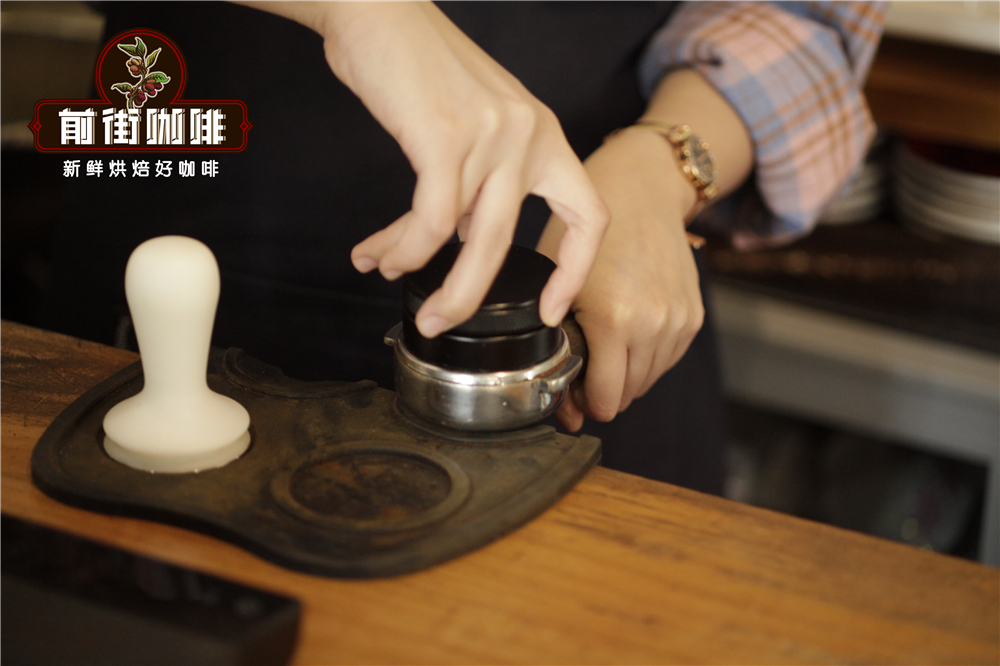
Professional coffee knowledge exchange more coffee bean information please follow the coffee workshop (Wechat official account cafe_style)
In the process of extracting espresso, we all carry out an important process-filling (pressing powder). So what is the effect of pressing powder?
Pressing powder refers to compacting the coffee powder in the coffee powder bowl with a coffee powder hammer to make the coffee powder form a powder cake. Is the filling step necessary? And what is the purpose of pressing powder? Qianjie coffee is first reacted with a set of contrast brewing.
Qianjie coffee extracted two groups of espresso respectively, and the difference between the two was whether they were filled or not, one group was filled and pressed as the reference group, the other group was not packed as the experimental group, and the other parameters remained the same. Coffee powder weighs 20 grams and 40 grams of coffee liquid is extracted.
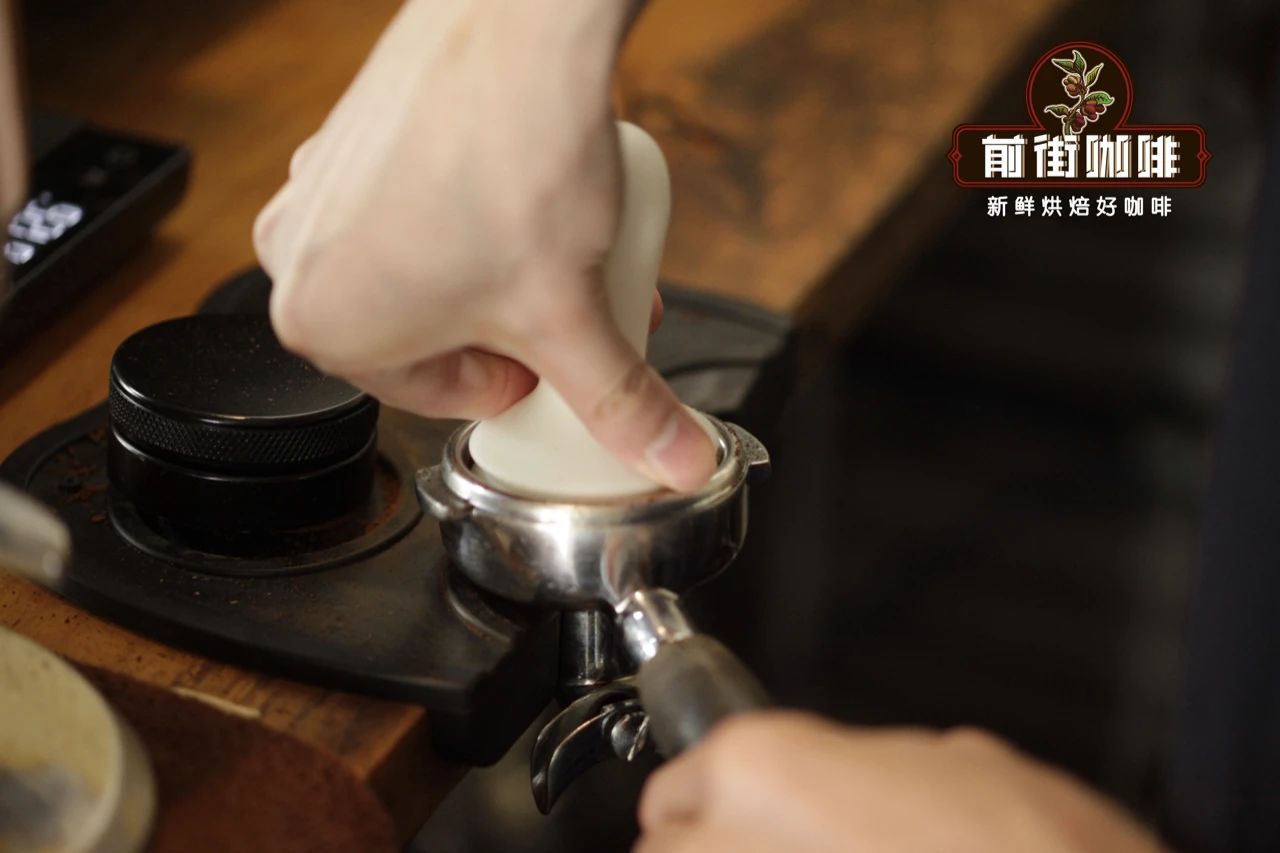
In the group of espresso with normal pressure, the extraction was normal, the flow rate was stable, and the final extraction time was 27 seconds. On the other hand, the group without filling pressure spurted coffee liquid immediately at the beginning of the extraction, and the overall flow rate was fast, watery and unstable. The whole extraction time was 8 seconds faster than that of the normal control group, and the taste was watery and light compared with the normal group.
In the process of making espresso, the first step is to grind the coffee beans and put the coffee powder evenly into the powder bowl, while the purpose of the cloth powder is to distribute the scattered coffee powder evenly in the powder bowl, at this time the coffee powder is still in a loose state, and the gap between the coffee powder particles and the particles is large and small, if the extraction is carried out directly without filling pressure at this time, under the high pressure of the coffee machine 9bar, the water flow will quickly pass through the coffee powder. Because it is loose, the coffee powder will be washed away directly by the current, and the water will look for easy places to flow through, and these easy-to-pass parts will be extracted too much, commonly known as the channel effect.
So we know that the purpose of filling coffee powder is to compact the coffee powder and reduce the gap between the coffee powder particles, so that there is enough resistance to resist the water flow during the extraction, so that the water can extract the coffee powder evenly.
So what should the powder press pay attention to?
First of all, we should choose the powder hammer that matches the caliber of the coffee handle, the caliber mismatch may lead to pressure or there is a gap with the edge of the powder bowl, resulting in meaningless powder pressing.
The posture of pressing powder varies from person to person, but the overall central idea is that the handle of the powder hammer should be perpendicular to the powder bowl, the force exerted on the powder hammer should be evenly distributed, and press on the powder bowl to make the powder layer smooth and smooth. If the uneven strength leads to oblique pressure, the high-temperature and high-pressure hot water coming out of the cooking head will seek the infiltration of the layer with the least resistance, resulting in uneven extraction.
The strength of the powder also varies from person to person. When La Marzocco designed the Swift automatic filling device around 2000, they did extraction experiments with forces ranging from 2 pounds to 30 pounds (about 15kg). It is found that no matter how strong the force is, there is almost no force at the bottom of the pressed powder. Therefore, the strength of the powder has little effect on the extraction of espresso, as long as the powder is pressed tightly. During the pressure, you can also "feel" the extrusion change of the pressed powder. There is no need to press too tightly. If the pressed powder is pressed too tightly, the resistance of the pressed powder is too strong, and it takes longer for the water to penetrate the pressed powder. Finally, the extracted coffee is sticky and bitter.
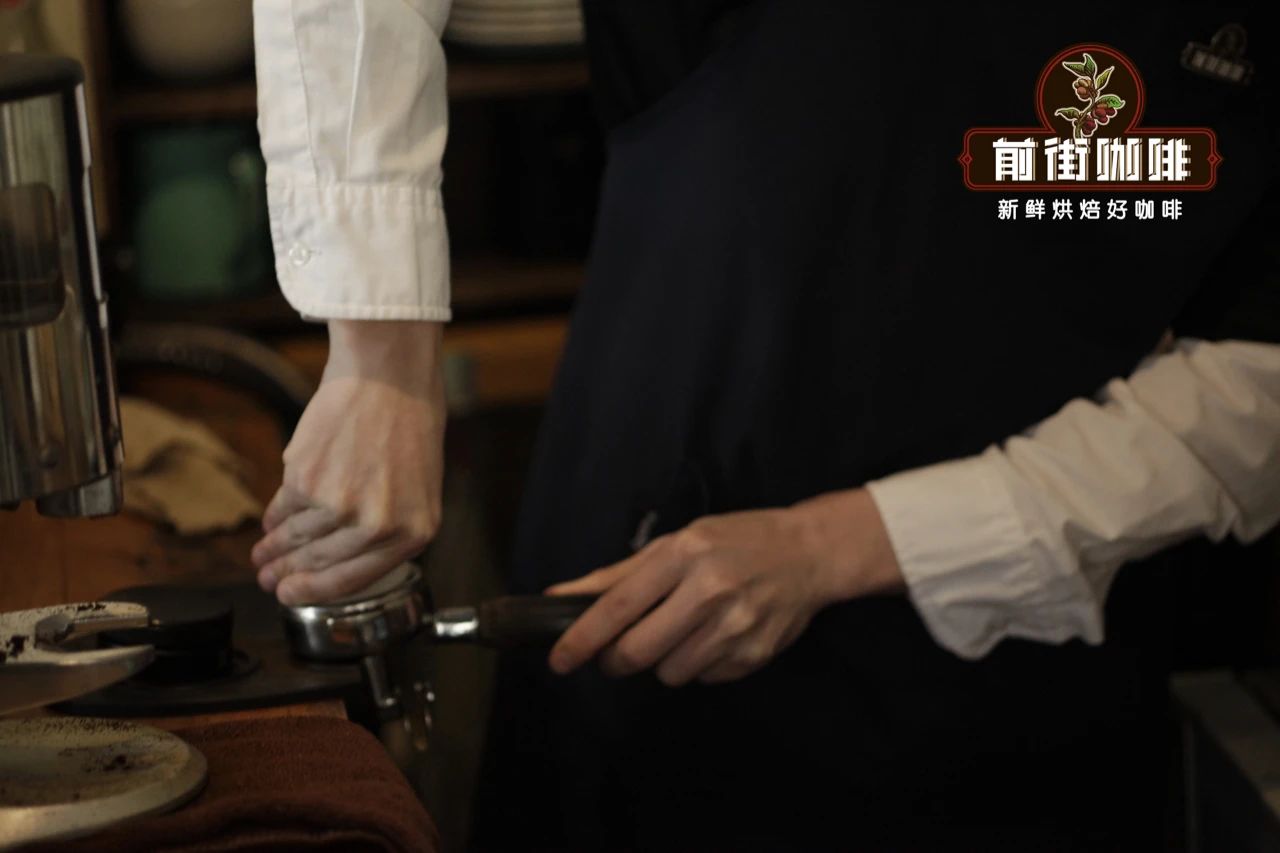
After pressing the powder, a small amount of fine powder will stick to the surface of the powder hammer or powder bowl, and then you only need to gently rotate the powder hammer and then take it out.
What coffee beans do Qianjie Coffee use to make espresso?
Come to Qianjie coffee shop to drink Italian-style coffee will ask, then what kind of coffee beans are used, how special! The front street uses self-made sunflowers with coffee beans. This is made up of 70% of Honduran sherry beans and 30% of Ethiopia's Yega Sheffield Red Cherry Project G1. These two kinds of coffee beans are of the highest quality in the country. 70% Honduran sherry barrel coffee beans provide flavor and mellow thickness for this Italian blend of coffee beans, while 30% sun Yega Sheffield provides more aroma and acidity.
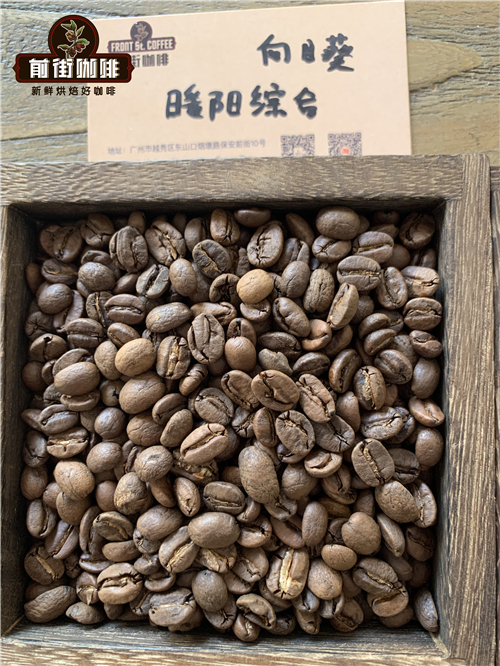
Qianjie concentrated extraction parameters
Grinder: Pegasus 900N
Degree of grinding: 1.6
Pressure: 9 bar ±2
Temperature: 90.5 ~ 96 °C
Time: 25: 30 s
Powder content: 20g (double espresso)
Extraction amount: 40ml
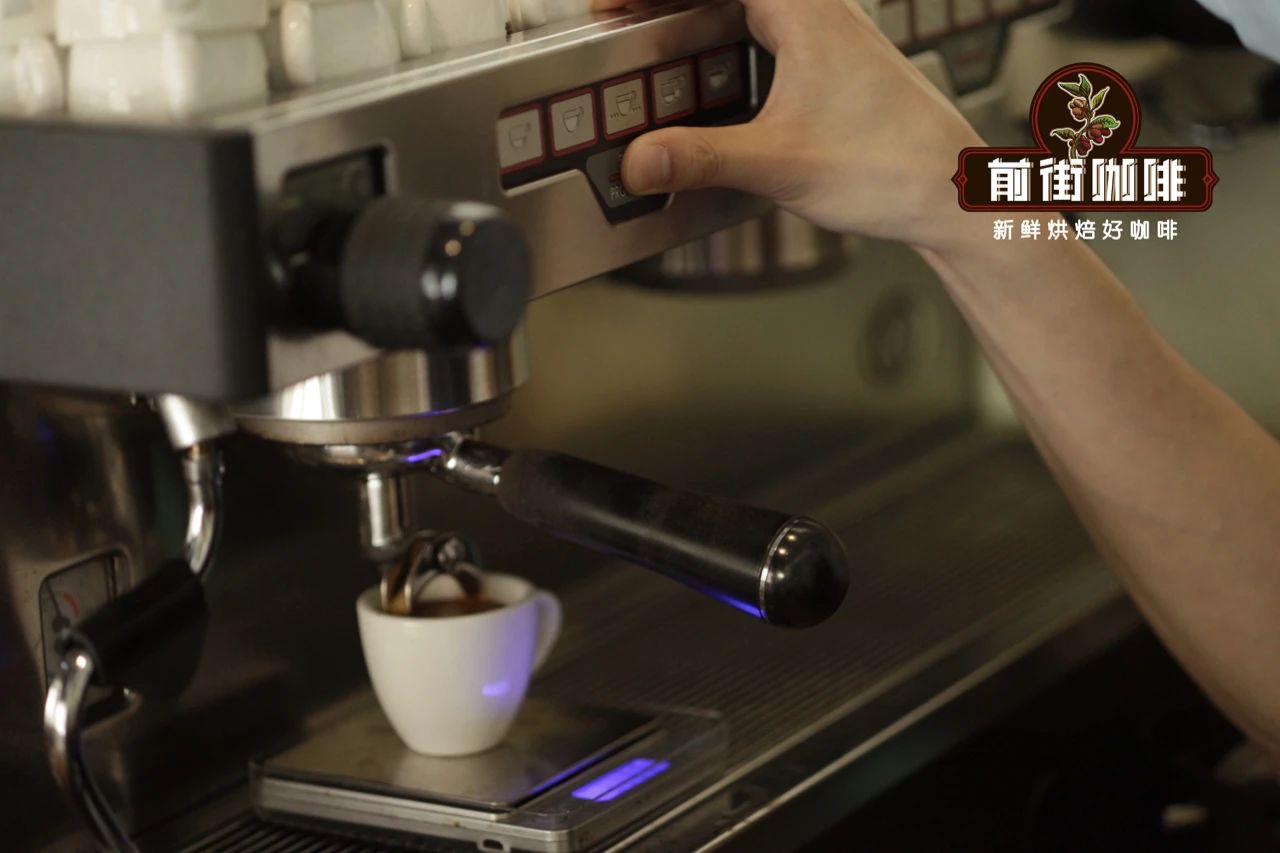
Extracted espresso flavor: smooth taste, medium mellow thickness, palate with obvious acidity accompanied by a hint of berries, whisky, strong chocolate flavor.
For more boutique coffee beans, please add private Qianjie coffee on Wechat. WeChat account: kaixinguoguo0925
Important Notice :
前街咖啡 FrontStreet Coffee has moved to new addredd:
FrontStreet Coffee Address: 315,Donghua East Road,GuangZhou
Tel:020 38364473
- Prev
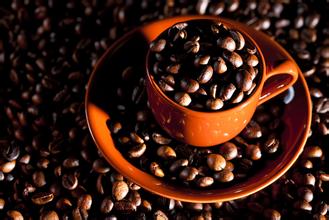
Does the thickness of coffee powder affect the sour taste?-Coffee powder common grinding thickness diagram
Does the thickness of coffee powder affect the sour taste? in addition, coffee veterans will look at the color and oil production of cooked beans before deciding on coffee bean grinding. the lighter the roasted coffee, the more complete and hard the fiber is, the more difficult it is to extract. It is appropriate to use fine grinding, but not too fine, so as not to highlight the sharp sour taste. The deeper the roasting degree of coffee, the deeper the damage to the fiber, the easier it is.
- Next
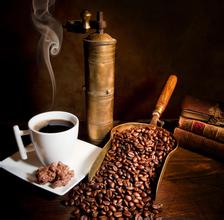
Characteristics of the ratio of hand-made coffee powder to water
The characteristics of the ratio of hand brewing coffee powder to water it is believed that the brewing ratio of most hand brewing coffee lovers should fall within this range. Our most commonly used hand brewing ratio is 1VR 15 cup 1V 16, that is, the golden cup criterion of 1Rd 16.5 cup 1lane 18.5. Of course, some hand-brewed coffee lovers use a more extreme brewing ratio, such as those who like heavy flavors and often hand-brew at 1:10 (that is, 1:12 in the golden cup ratio.
Related
- Beginners will see the "Coffee pull flower" guide!
- What is the difference between ice blog purified milk and ordinary milk coffee?
- Why is the Philippines the largest producer of crops in Liberia?
- For coffee extraction, should the fine powder be retained?
- How does extracted espresso fill pressed powder? How much strength does it take to press the powder?
- How to make jasmine cold extract coffee? Is the jasmine + latte good?
- Will this little toy really make the coffee taste better? How does Lily Drip affect coffee extraction?
- Will the action of slapping the filter cup also affect coffee extraction?
- What's the difference between powder-to-water ratio and powder-to-liquid ratio?
- What is the Ethiopian local species? What does it have to do with Heirloom native species?

